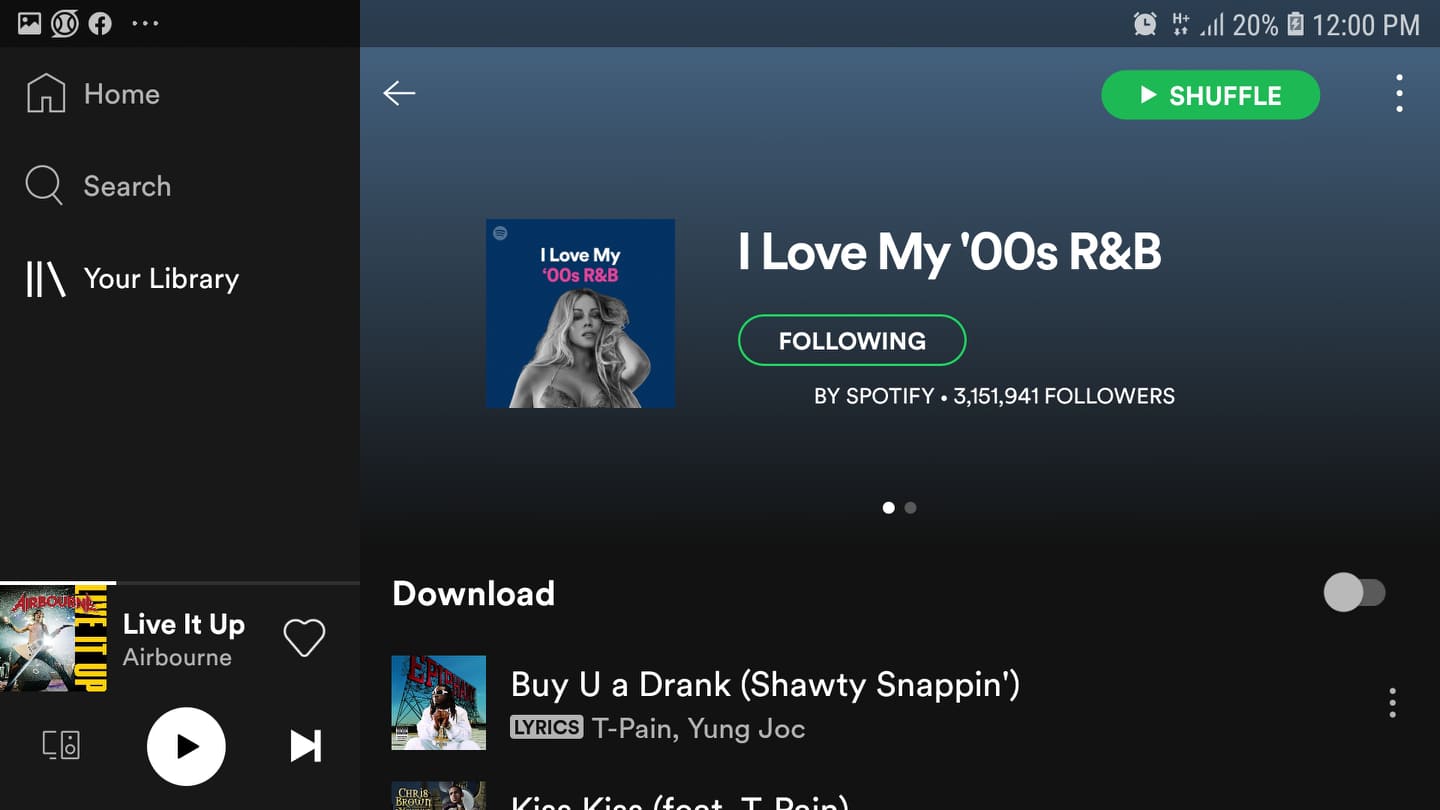

Post Malone, whom my dad lovingly refers to as, "Post Office Malone", came out as my top artist of the past year. An interesting note about the song is that it is a 6+ minute song, much longer than the average song I listen to (3ish min.) and the measurement variable of "sum minutes listened" rather than "count of times listened" probably worked in its favor. Top SongsĪfter Hours, by the Weeknd, tops the chart of my most listened to songs of the past year! Even though the song didn't come out till February, I clearly had it on repeat essentially through April. Let's take a look at some of my music from the past year. To best display and understand my data, I utilized the Plotly package for interactive plotting. A complete list of attributes and corresponding definitions can be found here. A high valence indicates positive/happy /euphoric music while low valence quantifies dark/angry/sad music. Attributes like danceability and energy capture differences between faster and slower paced music, while speechiness quantifies each song's focus on words. The Spotify API audio features are central to my analysis and mood clustering of my music preferences. audio_features (tracks = ) if features is not None : DataFrame (columns = ) # For each Song ID in my Spotify-provided listening history, # import spotify's audio features in DataFrame for song in songid :įeatures = sp.

# Create A Data Frame with Unique Song ID and corresponding song features

Acquire Spotify's audio feature data for all my songs:.Use python's Spotipy package to access the Spotify API and load data into a Pandas Dataframe.
#Very specific spotify playlist names zip file#
Receive a downloadable zip file with listening data from Spotify's team in around 1-3 days.Visit - log into Spotify account and scroll to the bottom and request data.This can be done with the following steps: The first step is to obtain the data that will drive the rest of this project. Create Playlists: Develop custom mood-specific Spotify playlists based on my music preferences and mood clusters from the last two parts.Predict Different Moods: Analyse audio features such as the acousticness, tempo, and instrumentalness of my song preferences and utilize the K-Means Clustering algorithim to stratify the music into different, defined moods.Analyze Music Taste: Take a deep dive into my song, artist, and album preferences and how these preferences have fluctuated over the year.Obtain Spotify Data: Use the Spotify API to obtain all my music listening data from the past year.If you're interested in my code, you can find it here! Project Outline This project is an attempt to use Machine Learning to identify those moods and build corresponding playlists for each. I listen to upbeat hip-hop songs while working out, soft pop music while I'm feeling moody or down, or something in between while working on my data science projects. My music choices and preferences have always been a direct indicator of my current activity, mood, and emotional state.


 0 kommentar(er)
0 kommentar(er)
